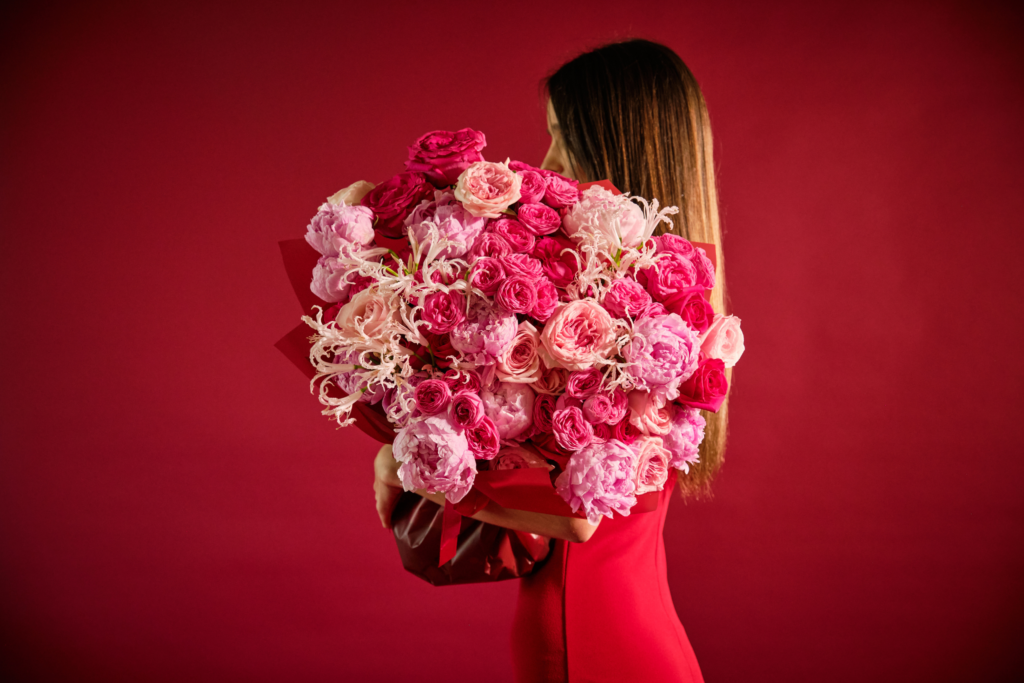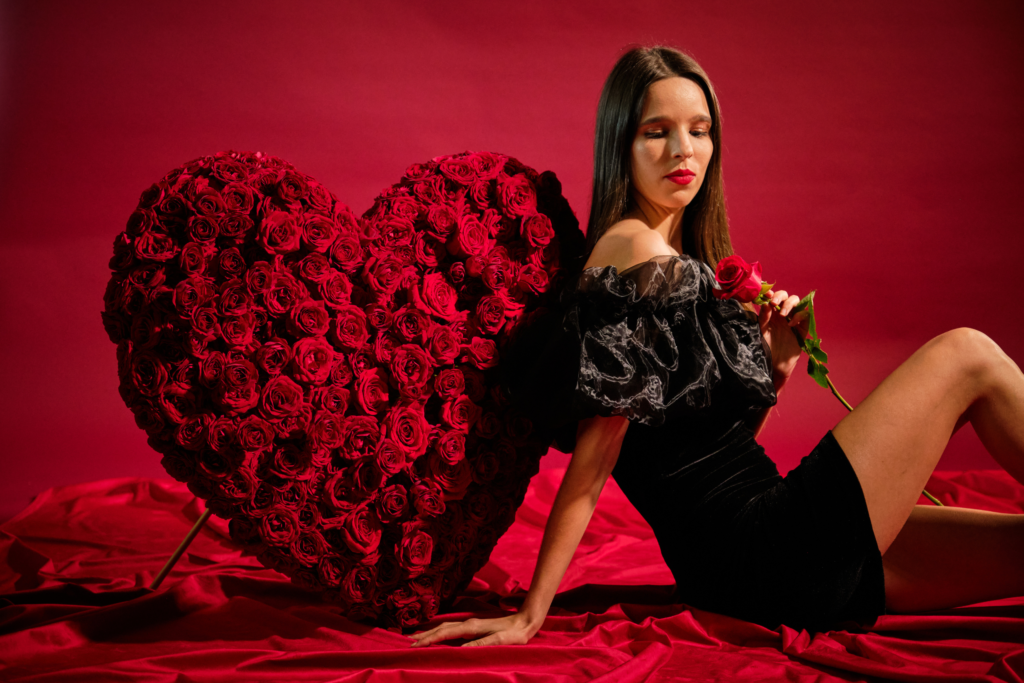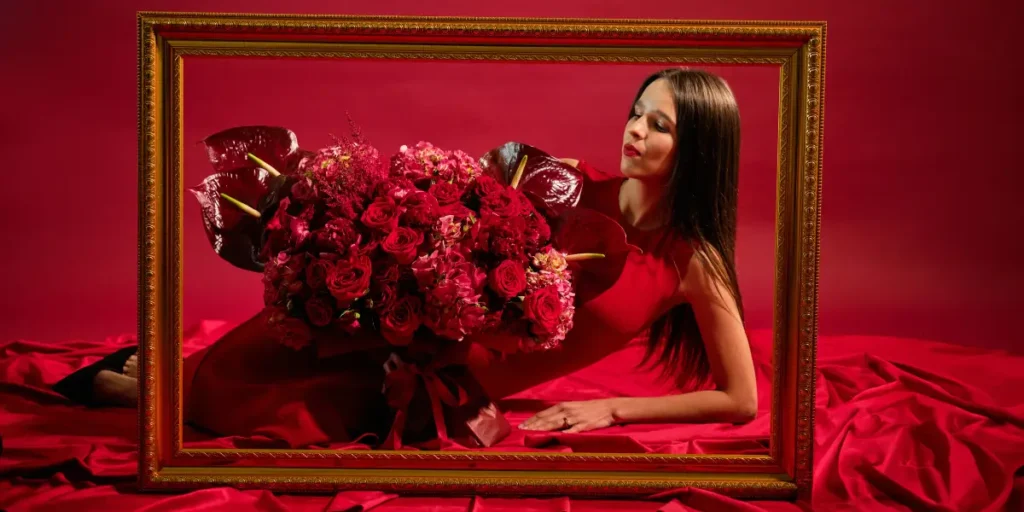The Language Of Flowers And The History Of Valentine’s Day

The Language of Flowers
The Language of Flowers is a centuries-old practice of using flower arrangements and bouquets to convey messages and emotions. Each flower has a specific meaning; when combined or arranged in certain ways, they can communicate complex sentiments. However, the joy experienced through flowers extends beyond their symbolic meanings.
Flowers have been a classic gift throughout our times. We often associate them with greetings, appreciation, weddings, and funerals. On a surface level, they’re lovely to look at and often smell nice, however, in the past, flowers could mean anything! From undying commitment to refusal of a suitor or even infidelity and accusation!
Floriography or the ‘language of flowers’ depicts that every flower carries its special meaning. This could be based on their type, colour, qualities, floral arrangements, and even the way they were presented or received! The art of Floriography was commonly associated with the Victorian era. However, the meanings of flowers can differ due to a combination of cultures ( Greek, Chinese, Roman, Egyptian) and different periods throughout. In literature too we have seen flower symbolism in the works of Shakespeare and Emily Brontë to name a few.
So let’s hail back to the genteel women of the 19th century Victorian era. This was a time when women’s emotions were suppressed due to the high standards they considered, etiquette. Because they couldn’t express disappointment, passion, and other such emotions an alternate method of communication (through flowers) were formed.
This secret language became so elaborate that they published a floral dictionary to decode its meanings. This played a major role in suitors, for example, If a bouquet was received at heart level, it would mean an immediate yes from the recipient. If the bouquet was received downwards, yikes, Thank you but next! This is also believed to be the birth and inspiration for our modern-day wedding bouquets and how it’s carried down the aisle.
Today the emphasis on the meaning of flowers has been largely forgotten in 20th-century pop culture but we still hold a small significance with red roses on Valentine’s Day and poppies on Remembrance Day. Another occasion in recent years was when the Duchess of Cambridge was said to have chosen her flowers for her wedding bouquet, for their ‘meaning’.
The History of Valentine’s Day

The origins of Valentine’s Day have been uncertain, to say the least, but the most common notion is believed to be affiliated to St Valentine. Still, there have been a few Valentines or Valentinus that the holiday could be honoring. None of which have been historically attested by scholars. During the 3rd Century Rome there had been much religious turmoil between the Romans and the Catholics. It was believed that one St. Valentine helped free Catholics from prisons but when later discovered, was martyred.
Another narrative is based on a priest named Valentinus who lived during the Roman Empire reigned by Claudius the 2nd. Emperor Claudius the 2nd outlawed his soldiers from getting married based on single men ‘performed better’ during battle. St Valentinus believing this was unjust defied the emperor and continued to marry off the soldiers, in secret. When the emperor came to know, Valentinus was locked up in prison. Allegedly he was able to impress his jailor with his knowledge of religion and he ultimately won the heart of his jailer’s daughter as well. When Claudius found out, he planned for Valentinus’ execution on the 14th of February. Valentinus’ last letter to the jailor’s daughter was signed, ‘From your Valentine’, a greeting we still use to this day.
But how did the romantic aspect of the holiday we celebrate today, be connected to this dark tragedy? It was almost 1000 years later that English Poet Geoffrey Chaucer published his poem ‘Parliament of the Foules’ that he indicated that the bird’s mating season generally starts on ‘Valentine’s Day’ or February the 14th. In later years, Shakespeare also included romance and courtship on Valentine’s Day in his play Hamlet. Although the history behind these stories is murky with no proper authenticity we can see they mostly emphasize heroism, love, and courtship, the same emotions we celebrate today.
While flowers, especially red roses, have become iconic symbols of love and romance associated with Valentine’s Day, the tradition of expressing joy and love on this occasion extends beyond just floral gifts. Today, Valentine’s Day has become a day to celebrate love in all its forms, including love for friends, family, and oneself.

